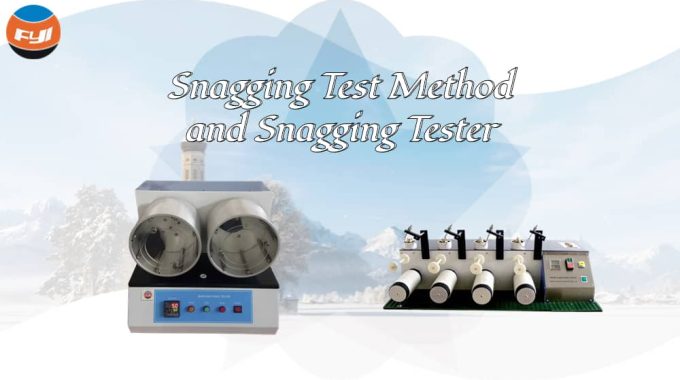
Snagging Test Method and Snagging Tester
The phenomenon of fibers and yarns in textiles being pulled out of the fabric surface due to hooking is called snagging. When knitted fabrics and textured filament woven fabrics encounter hard objects during use, snagging can easily occur, and yarn loops and/or tight yarn segments can be formed on the surface of the fabric. When it encounters a sharp object and the force is severe, the monofilament is easily broken and protrudes from the fabric in the shape of wool.
Snagging occurs in the fabric, which not only seriously deteriorates the appearance, but also affects the durability of the fabric. The problem of textile snagging is one of the key factors affecting fabric quality. The snagging performance will directly affect the consumer’s use process.
Contents
Definition
Snagging refers to the yarn or fiber in the fabric being hooked or broken by sharp objects, forming loops, fiber (bunch) loops, fluff or other uneven defects floating on the surface of the fabric. The snagging resistance of fabrics is particularly important for fabrics with looser structures, especially knitted outerwear fabrics, filament fabrics and fabrics with long floating lines.
Factors affecting the snagging performance of fabrics
Fiber properties
Compared with non-circular cross-section fibers, circular cross-section fibers are more likely to snag. Compared with short fibers, filaments are easier to snag.
When the fiber has high strength and long elongation, the snagging phenomenon is obvious; when the fiber elongation is small and the elasticity is high, snagging can be alleviated and eliminated through elastic retraction. When the fabric is pulled by sharp objects from the outside, fibers or yarns with better elasticity can alleviate the external force through their own elastic deformation. After the external force is removed, due to the elastic deformation recovery, the hooked wire loop returns to the original tissue, which reduces the snagging phenomenon. In the selection of raw materials during production, the elongation of the fiber must be considered. For varieties that are easy to snag, choose raw materials with better elongation.
Yarn shape
The general rule is that those with a tight structure and even stems are not prone to snagging. Increasing yarn twist can reduce fabric snagging. Thread fabrics are less prone to snagging than gauze fabrics. Low bulk yarn is less prone to snagging than high bulk yarn.
Fabric structure
The fabric has a tight structure, which binds the fibers to a large extent, and the friction between fibers is large, so it has good resistance to snagging. For example: plain weave > basic twill > stripes > honeycomb, compound twill > messy. Fabrics with a flat surface are not easy to snag. While taking aesthetics into account during production, fabrics with short floating lengths and many interweaving points can be designed for processing. Because rough, sharp objects are not easy to hook the tissue points of this fabric.
The snagging phenomenon of knitted fabrics is more obvious than that of woven fabrics. Among them, weft knitted fabrics are not easy to snagging; knitted fabrics with large longitudinal and transverse densities and short loop lengths are not easy to snagging.
Post-processing
Heat setting and resin finishing can make the fabric surface smoother and smoother, and the snagging phenomenon can be significantly improved or eliminated.
Snagging test standards
GB/T 11407 Fabric snagging test method
This standard applies to outerwear knitted fabrics and woven fabrics, as well as other fabrics that are prone to snagging, and is especially applicable to chemical fiber filament and textured yarn fabrics. It specifies two test methods for evaluating the degree of snagging of fabrics – the mace test method (Method A) and the needle cylinder method (Method B).
The basic principle of mace test method is to put the sample on a rotating drum covered with felt. It can neither be tightened nor loosened or wrinkled. A mace suspended by a chain is placed around the guide rod and placed on the surface of the sample. When the drum rotates at a constant speed, the mace flips and jumps randomly on the surface of the sample, causing the sample to hook.
The basic principle of the syringe method is to fix one end of the strip sample on the rotating drum and leave the other end in a free state. When the rotating drum rotates, the strip sample periodically passes the syringe with a certain rotation resistance below. This results in snags.
ASTM D3939 Fabric snagging resistance test method (mace test method)
This snag performance test method is suitable for knitted fabrics and woven fabrics made of textured filaments, non-textured filaments, staple fiber yarns, and blends of the above yarns. But it is not suitable for fabrics with a hole structure, such as mesh fabrics, because the pins on the mace will catch the felt pad through the mesh hooks on the fabric. Fabrics that are too stiff or too thick cannot be easily fastened to the drum and felt pad, and this method cannot be used. In addition, this equipment is specially designed for knitted fabrics and woven fabrics, tufted fabrics and non-woven fabrics cannot use this method.
The basic principle of this method is to put the cylindrical sample on the rotating drum. When the rotating drum rotates, the mace randomly flips and jumps on the surface of the sample to make the sample hook. Compare the test sample with the standard sample or sample photo to evaluate the degree of snagging. The anti-snagging level is divided into 5 levels, from level 5 (no obvious snagging) to level 1 (severe snagging), the snagging situation gradually becomes more serious.
JIS L1058 Test method for snag performance of woven and knitted fabrics
This snag performance testing method is applicable to woven fabrics and knitted fabrics of various specifications. The standard specifies four test methods:
Method A—ICI mace snag tester
This method is to put the hammer suspended by a chain around the guide rod and place it on the surface of the sample set on the rotating drum. When the drum rotates at a constant speed, the hammer flips and jumps randomly on the surface of the sample, causing the sample to hook.
Method B—bean bag snag tester
In this method, the sample is wrapped in a cloth bag containing pellets, placed in a rotating drum with a needle bar, and rolled to make it snag.
Method C – Needle puller snagging tester
This method is to fix one end of the strip sample on the rotating drum and leave the other end free. When the drum rotates, the sample periodically rubs the needle puller below which has a certain rotation resistance. The card clothing is planted with pins, and the sample contacts the card clothing to cause hooking.
Method D—ICI pilling tester
This method is carried out by using a fluffing and pilling box, which is equipped with scratching rods, steel nails, saw blades, emery cloth and other snagging equipment.
Snagging Tester
ICI Mace Snagging Tester
Snagging Resitance Tester is used to determine the tendency of fabrics to snag, (pull yarn loops from fabric) in normal wear. And suitable for woven and knitted fabrics made by textured yarn, non-textured yarn, and spun yarn, etc., not suitable for the mesh fabrics, tufted fabric, and non-woven fabrics, etc.4 pcs Felt Sleeve use special material. Length of chain can be adjustable. Rotating cycle number can be pre-settable and digitally displayed,Please buy YG908E Pilling Assessment Box together to use it
ICI Mace Snagging Resitance Tester complies with ASTM D3939, JIS L1058 etc international and retailer standards.

Bean Bag Snag Tester
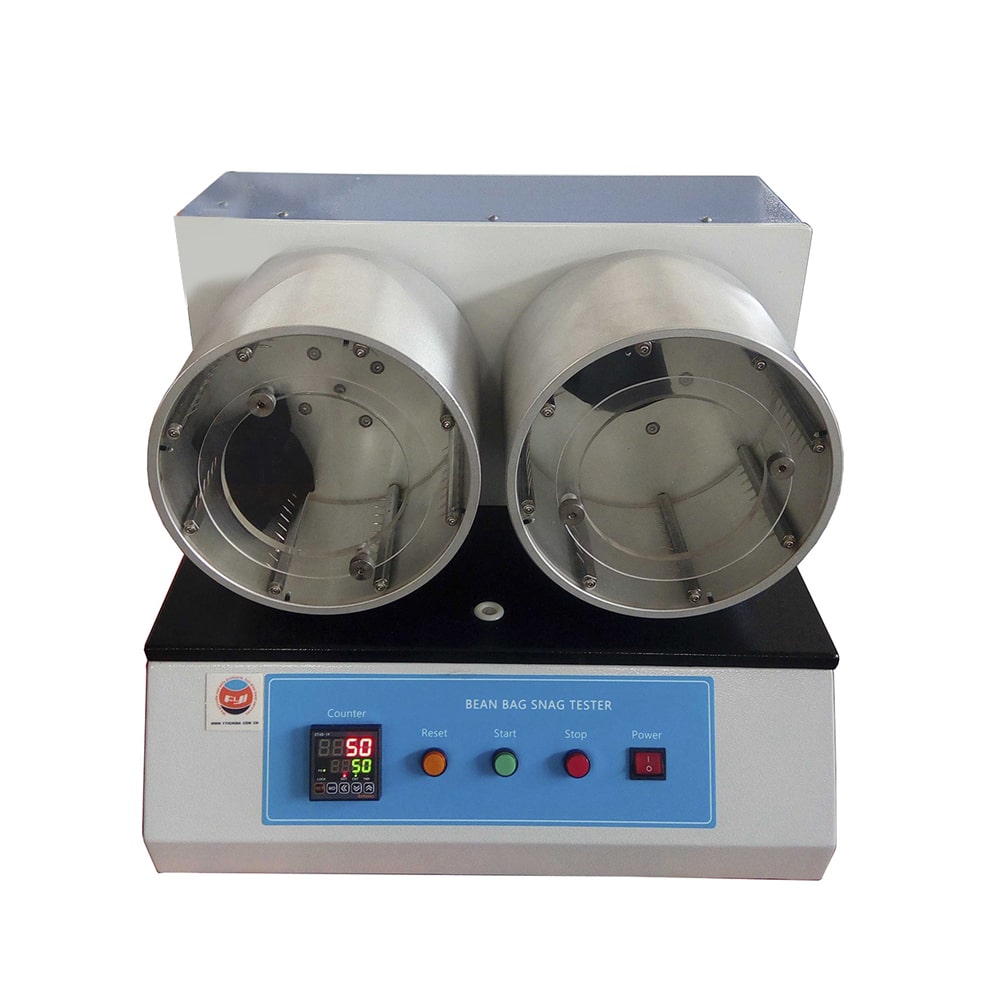
Bean Bag Snag Tester is used to determine the snagging and picking characteristics of knitted fabrics by tumbling fabrics pillows containing a weighted bean bag within two separate test cylinders provided with eight pinned bars, rotating at 20RPM for 100 rev. provided with predetermined electronic counters.
It equipped with transparent plexiglass security cover, protect the operator and easy to observe testing process; Automatically stopped by the counter after predetermined revolution reach.
Bean Bag Snag Tester complies with ASTM D5362, JIS L1058, etc international and retailer standards.
Comments are closed.
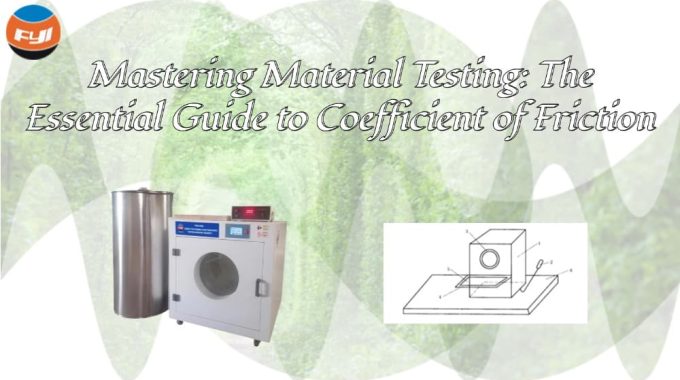
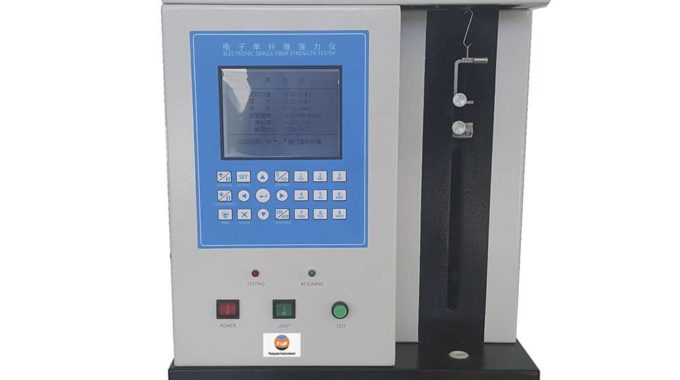
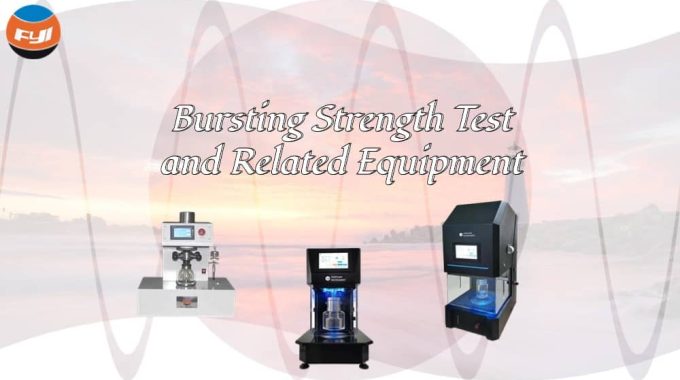
To the casual reader, this blog offers a fresh perspective on familiar subjects.
About the writing style, it’s both engaging and easy to understand, making complex concepts accessible to all readers.